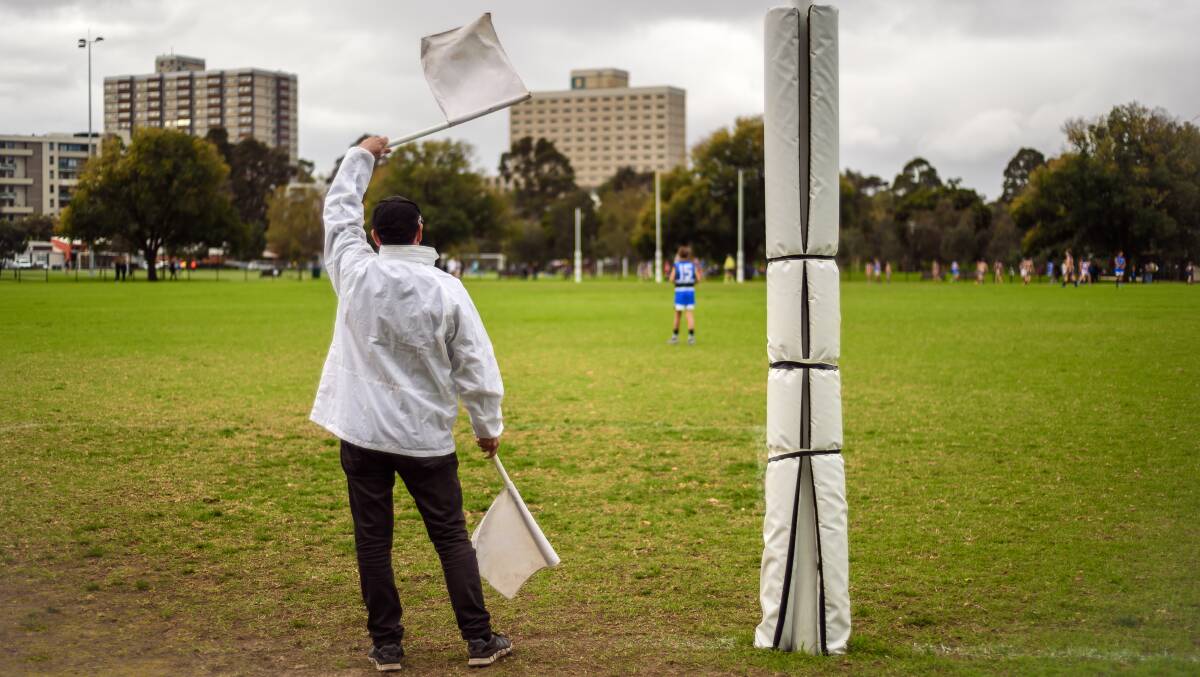
As a neuroscientist researching the hot topic of concussion in sport, I am used to being asked a lot of questions.
Subscribe now for unlimited access.
$0/
(min cost $0)
or signup to continue reading
One of the most common but difficult questions I get asked is whether I would let my children play football.
Interestingly, for such a big question people want a "yes" or "no" answer.
Just like concussion isn't straight forward (it's more than just a knock to the head), the answer is complex.
While my initial answer is no, I wouldn't let my kids play football, that would only be in its current form.
If Australian football, rugby and soccer were to modify their sports for children, then the answer would be yes.
We know that brain development takes a long time; a bit over two decades in fact.
Developing brains are susceptible to a range of environmental factors, both positive and negative.
This is the reason why we don't let our children smoke, or even breath secondary smoke, or drink.
But we encourage physical activity, which is good for developing brains.
Children thrive on games, and there are many benefits - not just physical but also mental and emotional.
However, we know that impacts to the brain can have long lasting consequences.
So why do we seem to accept children playing sports where head trauma and concussions are a risk?
Many childrens' sports now have modifications in place to reduce the risk of injury.
For example, a pitch count for junior baseball to protect the shoulders of players, or in tennis, modified equipment suitable for the age, size and skill levels.
In football codes here in Australia, I was pleased to hear of a new lightweight ball for children playing soccer - but that doesn't go far enough.
In the UK, heading of the soccer ball has now been banned in training sessions for children up to the age of 12. In some US states, full contact training for American football is now limited - including in college football.
If other regions of the world can modify their football to protect children, then why not here?
If we made modifications to reduce the risk of head trauma and concussions in children playing Australian football, rugby and soccer, I would be glad to change my answer from a "no" to a "yes".
Alan Pearce is an Associate Professor at La Trobe University, and research manager at the Australian Sports Brain Bank (Victoria).

